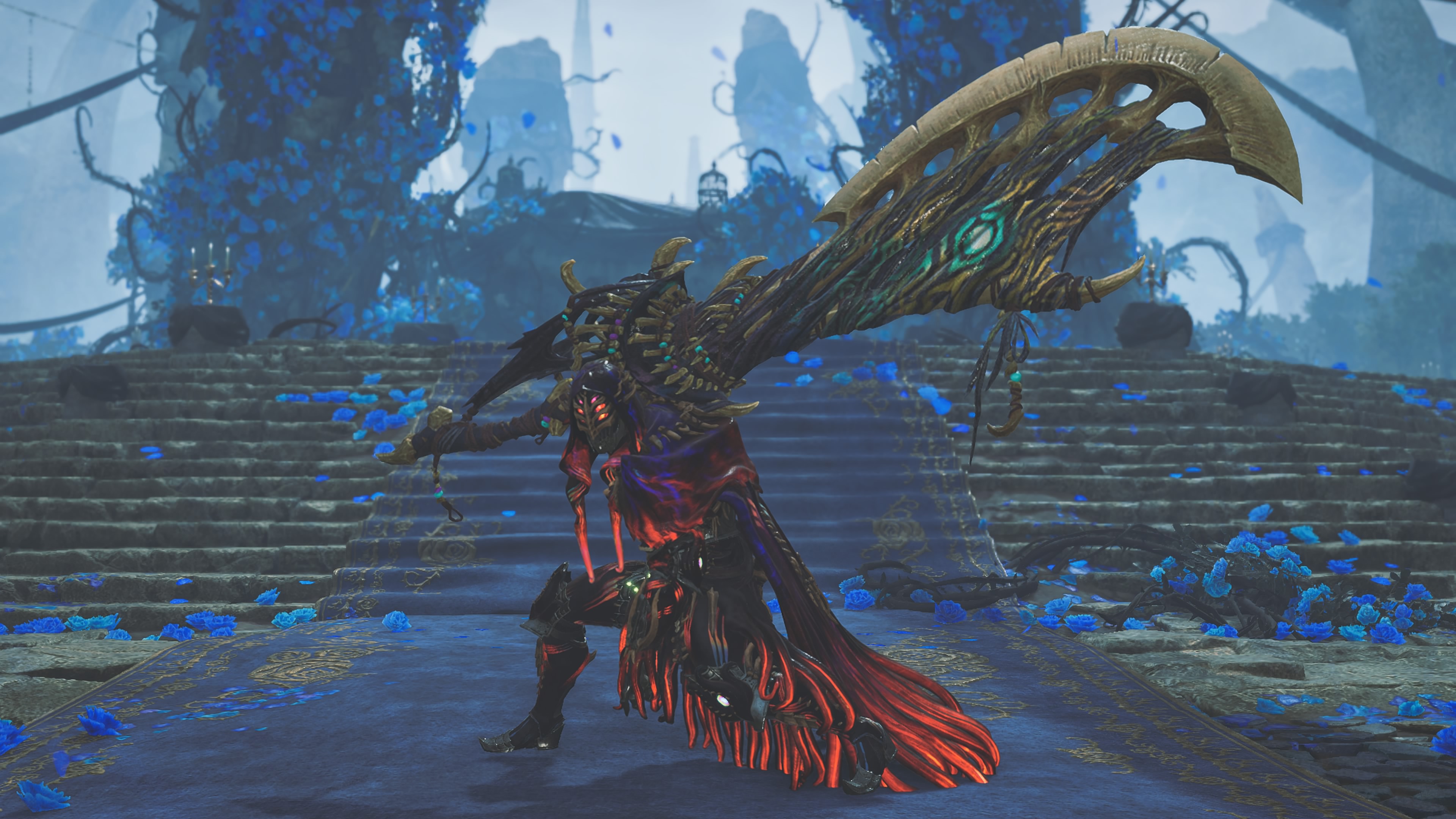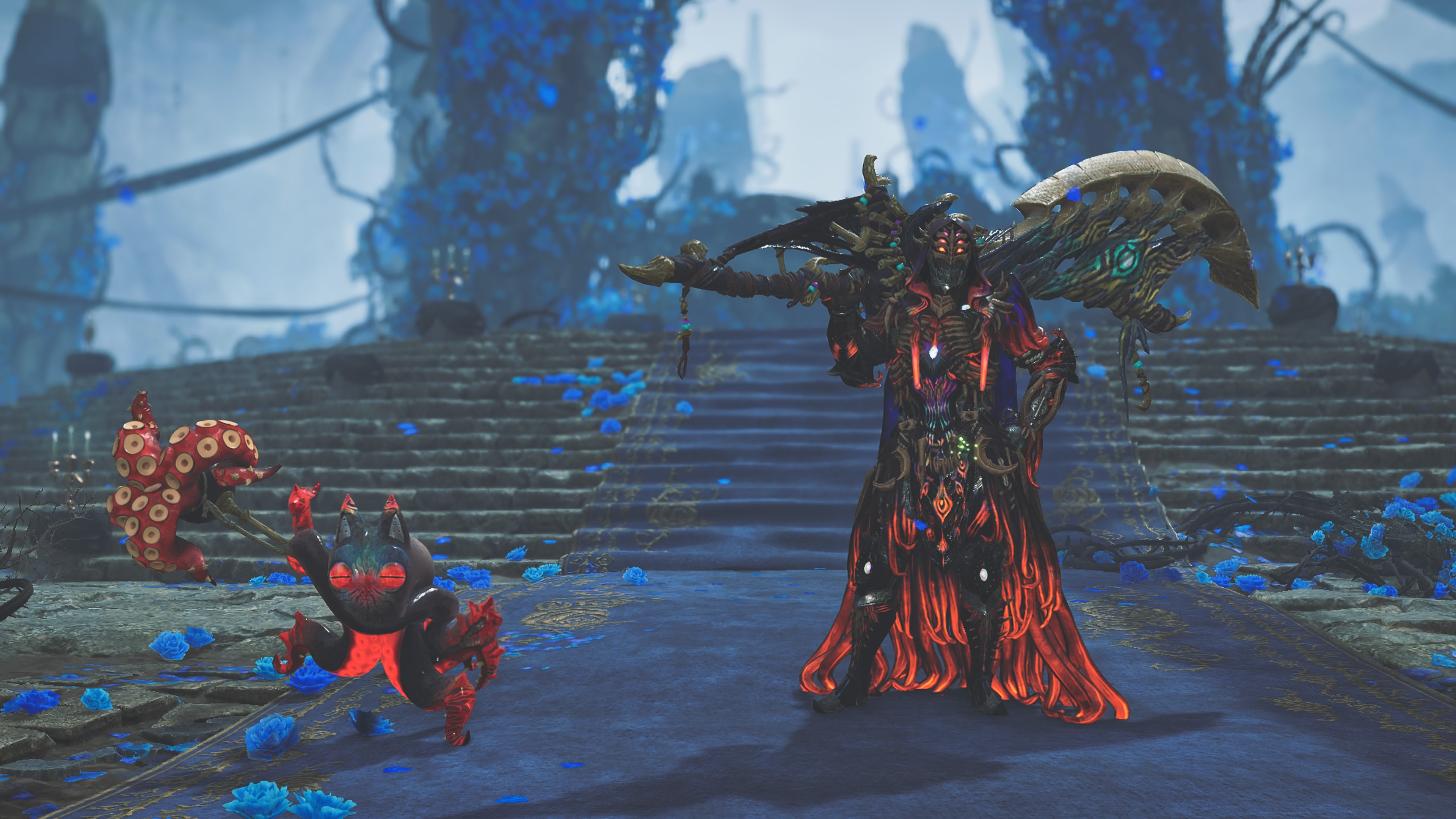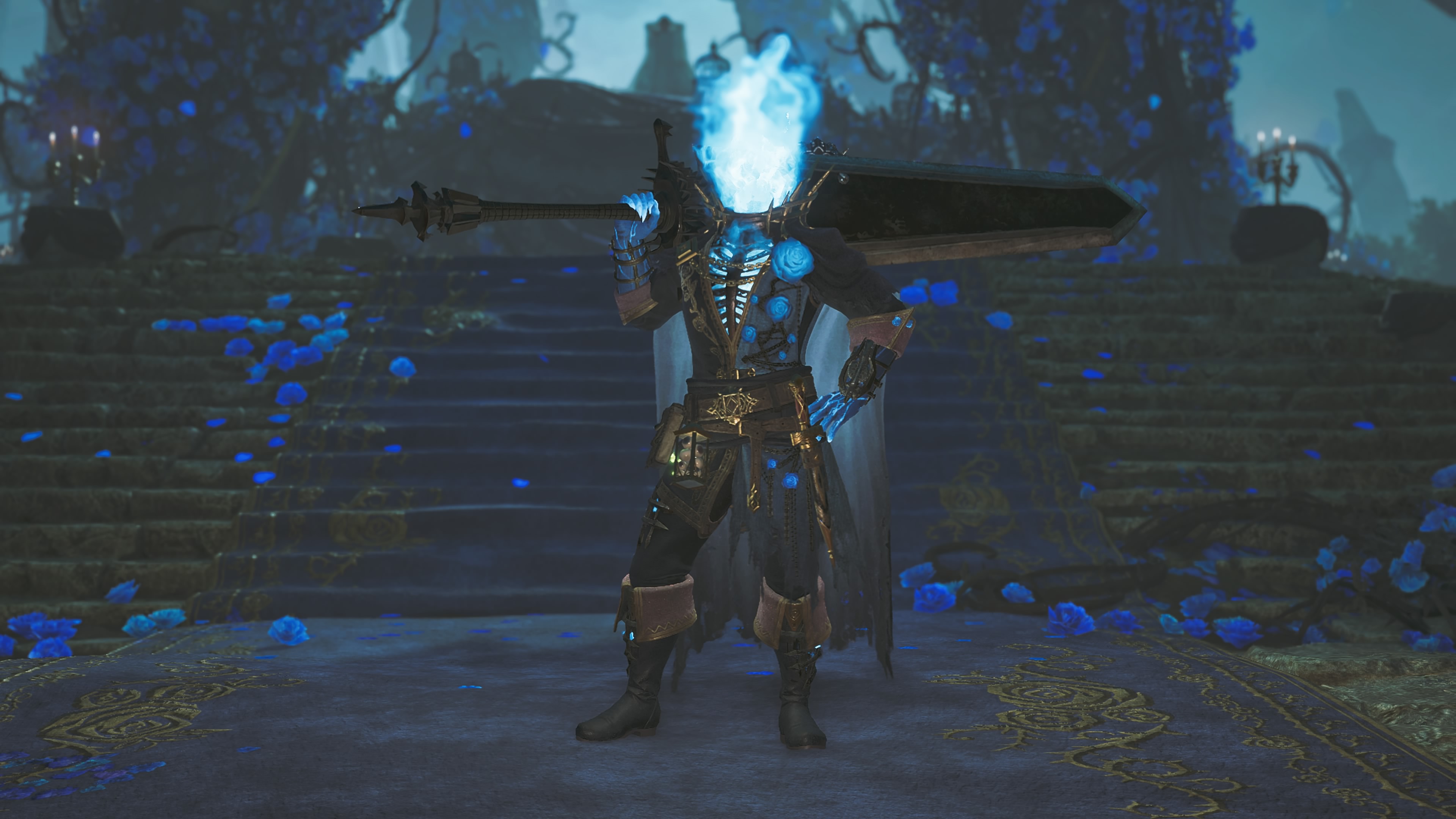Everything you need to know about all Monster Hunter Wilds weapon types and their roles in the upcoming game’s combat system.

There are a total of 14 different weapon types in Monster Hunter Wilds, including everything from the iconic Great Sword, Gunlance, to the rather niche Insect Glaive. All weapon types from previous Monster Hunter games, i.e., Monster Hunter World and Rise, are making a return in the latest title.
There are no new weapon types this time around. However, the existing ones have been updated with new movesets and abilities to make combat feel new and refreshing even for veterans of the series.
Also Read: Hitstop in Monster Hunter Wilds, Explained
List of All Weapon Types in Monster Hunter Wilds
Here’s a list of all the 14 weapon types that you can choose from in Monster Hunter Wilds:
- Great Sword
- Sword & Shield
- Dual Blades
- Long Sword
- Hammer
- Hunting Horn
- Lance
- Gunlance
- Switch Axe
- Charge Blade
- Insect Glaive
- Bow
- Light Bowgun
- Heavy Bowgun
Also Read: Weapon Skills in Monster Hunter Wilds, Explained

Monster Hunter Weapons explanation
Monster Hunter Wilds, akin to the previous mainline Monster Hunter games, is home to some of the most over-the-top weapons. Unlike other action RPGs, the Monster Hunter series never features any “starting class” system.
Instead, the weapons themselves serve as different classes for players to choose from. Depending on the weapon type you choose to use and master, you will have a wildly different combat experience compared to another player (hunter). Naturally, this also holds true for Monster Hunter Wilds. Unlike most action RPGs, in Monster Hunter, all weapon types are available to the players from the start and can be freely switched between via the Inventory.
Also Read: How To Choose the Right Weapon in Monster Hunter
The progression in Monster Hunter is in the different upgrade paths available for the said weapon types. As you make your way through the hunting ranks, you will be able to craft new and improved versions of your chosen weapon type. The upgrades, coupled with the armor sets, are where the game’s “RPG” mechanics come into play. Here’s everything you need to know about all the weapon types in Monster Hunter Wilds and which one you should choose on your first playthrough.
Which Weapon Type Should You Choose in Monster Hunter Wilds?
Let us first mention that this is our subjective opinion.
Similar to other action RPGs, almost all weapon types in Monster Hunter Wilds are equally as viable in combat as the others. However, some weapons are a tad bit easier to wield compared to others. In Monster Hunter, each weapon has its own unique set of skills and abilities. Furthermore, just like in a fighting game, weapons here come with unique combos that are essential for players to master.
For instance, the Switch Axe’s Burst Counter can be “comboed” into a transformation attack and then an elemental discharge. Similarly, there are other combos that each weapon type in the game has access to. However, mastering these combos requires a lot of practice.

If you’re a newcomer to the series, there are some weapons that you might find easier to use (and master). Weapons like the Great Sword, Dual Blades, Long Sword, and even the Switch Axe are all very newcomer-friendly.
Whereas Bows, Gunlance, Hunting Horn, and Insect Glaive, are some of the more complicated weapon types that are best suited for veterans. If you’re new to the Monster Hunter series, you can’t go wrong with the Dual Blades (for increased agility), the Great Sword (for increased damage), or the Long Sword (for balance between damage and agility).

We will update the article as we learn more in Monster Hunter Wilds or MHW. Meanwhile, you can check out the following Monster Hunter articles:
 Reddit
Reddit
 Email
Email


